How Many of These 22 Mango Varieties Have You Tried?
- By Shreya JalavadiaLoading...
- | 3 May 2019 4:09 PM IST
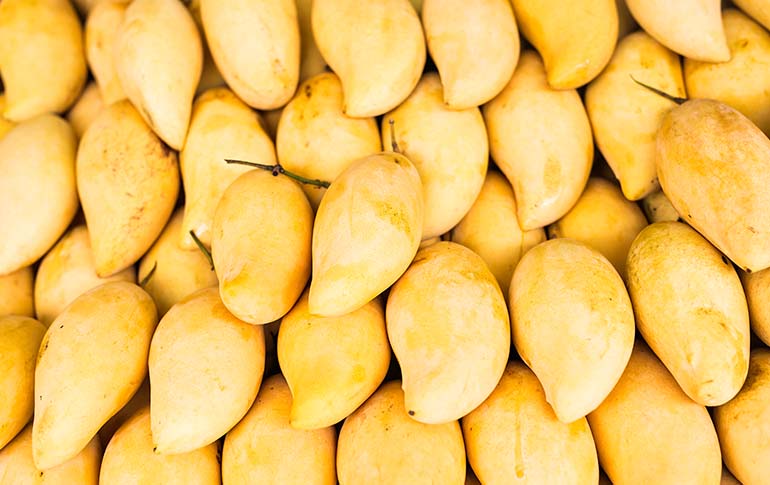 X
X
Summer is here! The only thing that means for this mango-loving nation is looking forward to The King of Fruits - mangoes. Come April and it begins raining all types of mango varieties in every part of the country.
It's not just Indians that savour mangoes, the international demand for mangoes from India keeps growing every year. In 2018, almost 50,000 tonne of mangoes were exported from the country, according to media reports.
While Alphonso remains the most popular, India's various corners boast many other types of mangoes. Mumbaikars swear by the plump Alphonso or Hapus, meanwhile Gujaratis are loyal to Kesar. Those in Bengaluru love a good Banganpalli, and Langra seems to be a favourite in Uttar Pradesh.
Here's a map of India in 22 mango varieties (or call it an A-Z dictionary of mangoes!) along with a guide on how to tell them apart and how best to enjoy the different types of mangoes.
How many of these mango varieties have you tried?
Alphonso or Hapus
They say, once you go alphonso, you never go back. If you've grown up eating the sweet, pulpy and smooth Alphonso mango, like the rest of Maharashtra, then it's probably going to be difficult for you to like any other mango type but we suggest you scroll down to discover the other mango wonders awaiting you.
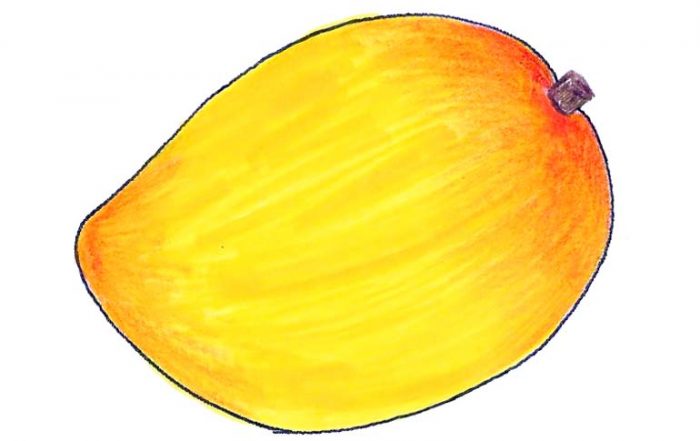
The markets are flooded with Alphonso mangoes from April through June and they are also exported in huge quantities for international markets.
How to Enjoy: Mango Sorbet, Mango Lassi, Aam Ras, Mango Kheer, Mango Milkshake
Also Read: 5 mango desserts you must try now!
Amrapali
Born from Dasheri and Neelam mango, Amrapali is a well-known mango hybrid that deserves credit for its naturally sweet taste and pulpy flesh. The Amrapali mango is widely available in fruit markets in June.
How to Enjoy: Mango Puri, Mango Chutney, Mango Milkshake
Badami
Coming from Karnataka, the Badami mango looks very similar to the famous Alphonso thus earning the title 'Alphonso of Karnataka'. As golden as its counterpart, Alphonso, on the outside, Badami is not as fibrous. One bite into its delicious pulp bursts into all-things-yum.
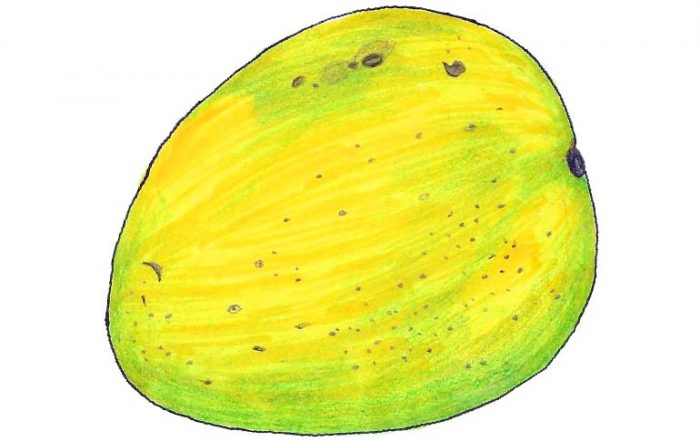
You can indulge in Badami mango from April to June.
How to Enjoy: Mango Barfi, Mango Mastani and Mango Rice
Banganpalli
Larger than most mangoes, the average weight of the Banganpalli mango often goes up to 350 to 400 grams. If you’re a fan of non-fibrous mangoes, this mango is worth a try due its juicy and deep-yellow pulp.
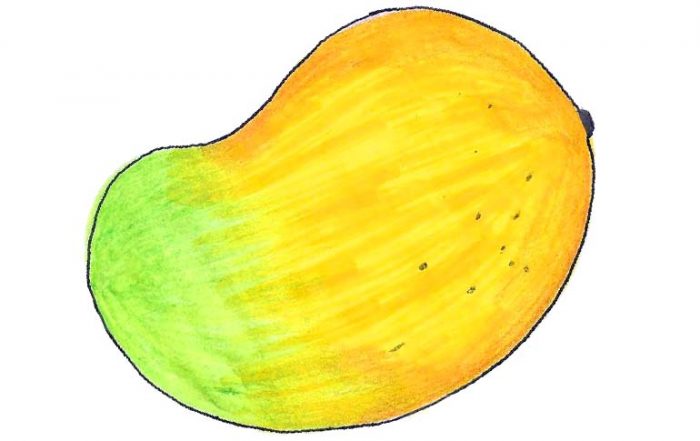
It is often called the King of Mangoes in south India as it can metamorphose any south Indian staple dish into a tropical delight.
How to Enjoy: Mango Mor Kuzhambu, a Tamil-style kadhi, Milk Shakes, Desserts, Cakes, Dips
Chaunsa
Yellow-ish golden in colour and known for its succulent and sweet pulp, the Chaunsa mango is most loved by Indian in the northern parts of the country. Interestingly, the word ‘Chaunsa’ in Urdu means 'sucker' which affirmatively means that's exactly how you enjoy this fruit! Pinch it on the outside to soften the pulp, remove the tip and suck away (a technique enjoyed by many people across India).
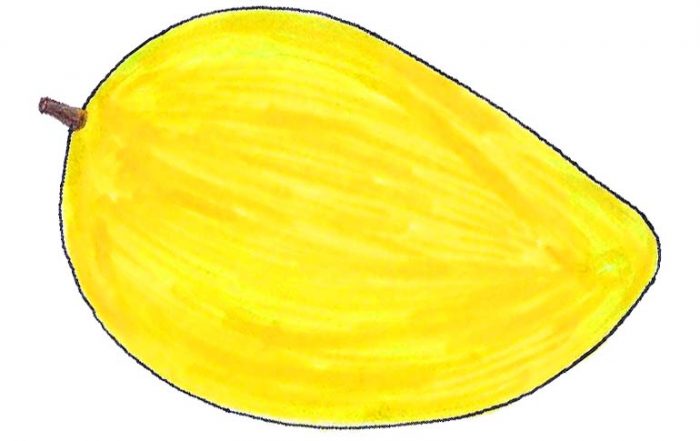
The Chaunsa season starts in June and the mango is available until August.
How to Enjoy: Mango Jelly, Mango Kulfi, Aam Papad
Also Read: Here's five ways to cook mango
Dasheri
Perfectly elongated, yellow, sweet and absolutely fragrant, this famous mango variety hails from Uttar Pradesh. The almost ripe Dasheri mangoes are usually green on the outside but still quite enjoyable from within. Mango lovers know Dasheri mango as the 'chusne wala aam' or the mango you suck on as it is low on fiber.
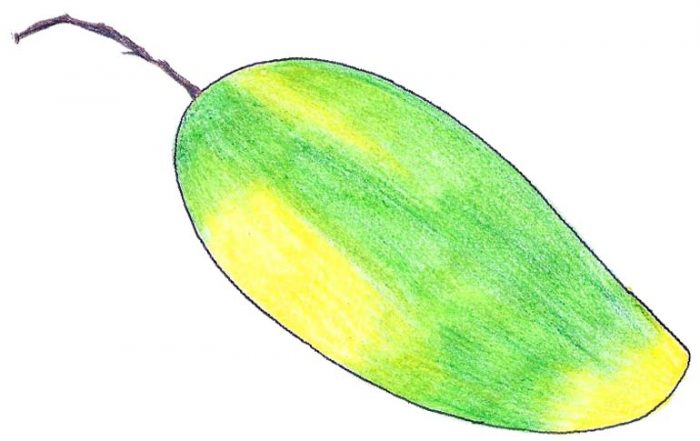
After the Alphonso and Kesar mania, Dasheri enters the picture in June. Just when you thought the mango season was over, Dasheri swoops in and grabs the spotlight.
How to Enjoy: Salads, Pulpy Gravy, Mango Shake, Mango Desserts
Fazli
Considered a mammoth of a mango, each Fazli mango weighs around 800 gms and can often go up to 1 to 1.5 kg. Grown in Bengal, regions of Uttar Pradesh and Bihar, the Fazli mango is a juicy and sweet mango which is low on fiber. This mango enters the market much later than its counterparts which is mostly towards the end of June to July.
How to Enjoy: Pickles, Jams
Himsagar
The Himsagar mango is a beloved in Bengali homes. Low on fiber, this greenish on the outside and orangeish on the inside mango, is widely popular thanks to its sweet aroma and taste.
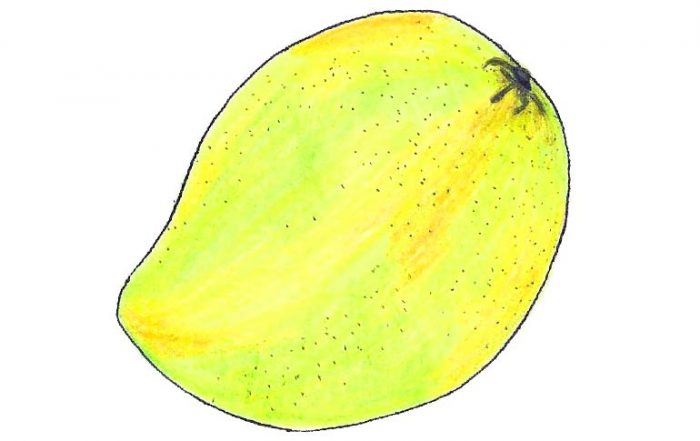
This mango variety is available from the end of May and stays with us through June.
How to Enjoy: Mango Juice, Mango Peda, Mango Rasmalai, Mango Sandesh, Mango Mishti Doi
Kesar
Gujarat's personal favourite mango, its potent fragrance fills every home in the state with happiness every year. This mango's beautiful golden and bright saffron-ish colour truly justifies its name Kesar.
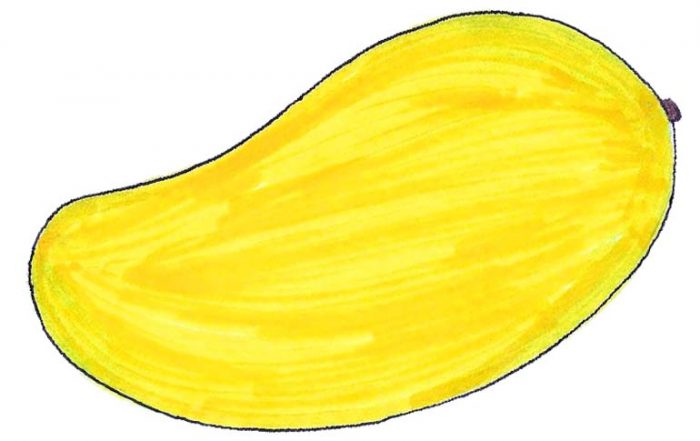
The best time to relish a good, ripe Kesar only comes in the beginning of May. It is one of those mango varieties that is known to be expensive (but totally worth it!).
How to Enjoy: Simply sliced and diced or pureed into Aam Ras, Mango Cheesecake, Mango Shrikhand, Mango Kadhi
Langra
Don’t let the green outer skin fool you. This mango, in all its plump glory with a thinner seed (read mango greed: that means more pulp), is a regular phenomenon in Uttar Pradesh during summer going all the way up to the beginning of monsoons. Originating in Varanasi, the Langra mango is of the fibrous variety. It tastes sweet with an acidic aftertaste.
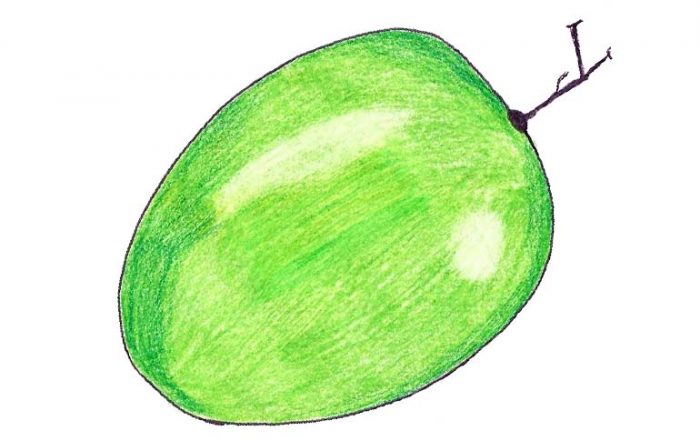
July and August are the best months to devour Langra.
How to Enjoy: Mango Smoothie, Mango Mousse, Mango Phirni, Mango Lassi
Mankurad
A mango variety local to Goa, the Mankurad mango is one of the sweetest of the lot available in Goa. Available from the beginning of summer, this mango brings much-needed respite from the heat.
How to Enjoy: Mango Jam, Mango Halwa, Mango Chutney, Dishes like Amlechi Uddameth
Mulgoba
A common feature in Tamil kitchens, a Mulgoba is a large mango that weighs anywhere between 300 gms to 1.5 kg. With speckles on the outside, it may not be one of the prettiest mangoes but once you dig into it, you’ll be a fan.
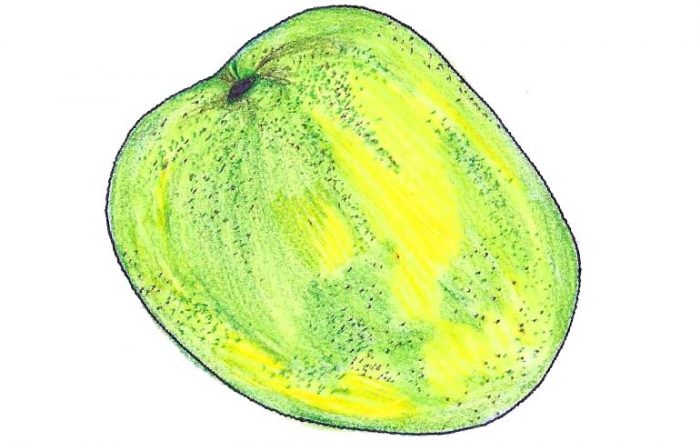
The Mulgoba season starts from April and goes up to June so get your hands on these juicy, fragrant and pulpy pieces of goodness.
How to Enjoy: Best for Mango Rice, Raw Mango Rasam, Mango Thokku, Mango Juice and Mango desserts
Neelam
Found in Andhra Pradesh, the Neelam mango is yellow-ish orange on the outside and smaller in size compared to most mangoes.
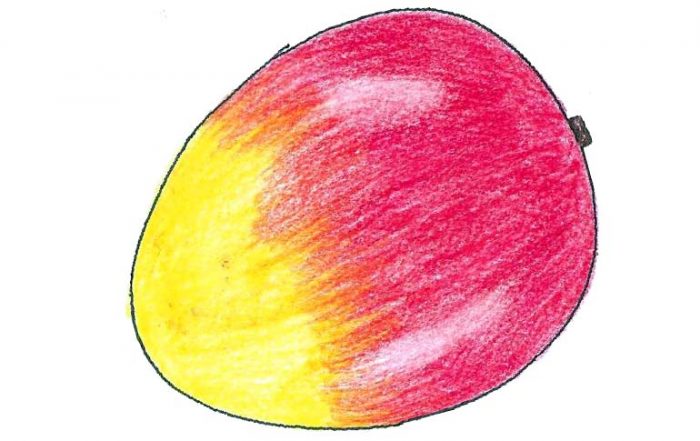
The Neelam mango is available from the onset of the mango season however the best ones only come by in June so watch out for these delicately flavoured mangoes.
How to Enjoy: Mango Custard, Mango Cake, Mango Lassi
Pairi
The gorgeous vibrant red and yellow shade of this mango makes it one of the easiest to set apart from other mango varieties available in the market. One of the prettiest mangoes found in India, it is often likened to honey for its sweetness but it also surprises with sour undertones in the aftertaste.
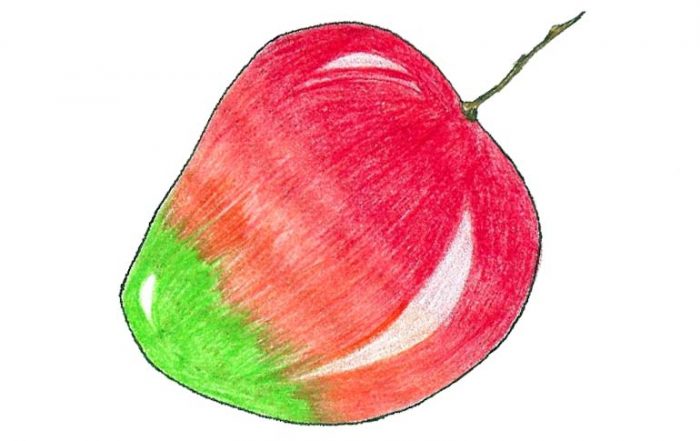
The Pairi mango hits the market by April, way before Kesar, and is often used as a substitute to Kesar due to its fibrous and juicy nuances.
How to Enjoy: Best enjoyed as Aam Ras
Rajapuri
The Rajapuri mango is an oversized, juicy mango with a nectar-like sweet taste. This mango has a soft and light-coloured pulp.
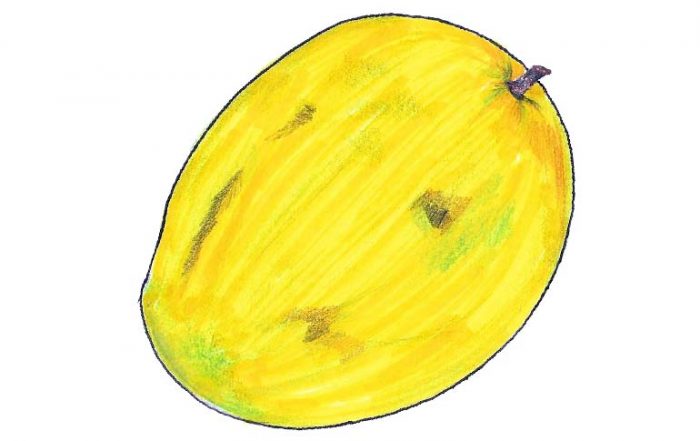
The Rajapuri mango is available from March to July.
How to Enjoy: Mango Juice, Mango Lassi, Mango Yoghurt
Raspuri
Commonly grown in south India, mostly Karnataka, Raspuri mangoes have a comforting taste with a rich, sharp flavour. These mangoes are oval in shape and usually about four to six inches long. The Raspuri mango arrives in May and stays in the market until June.
How to Enjoy: Mango Yoghurt, Mango Smoothie, Mango Jam, Mango Juice
Rataul
Mostly exported, Rataul mangoes hardly ever hit the Indian markets. But it does have its own takers. The Rataul mango originates from a village of the same name in Uttar Pradesh. Delhi-ites love the Rataul mango for its orange-y sweet pulp and fragrance that envelopes the surroundings right from the farm to the plate.
How to Enjoy: Mango Pudding, Mango Pickle, Mango Basundi
Safeda
This mango type's name takes after its pale, yellow skin. The Safeda mango can be eaten whole, including the skin. Its outer skin is slightly sour but not bitter and its flesh on the inside is tangy but sweet.
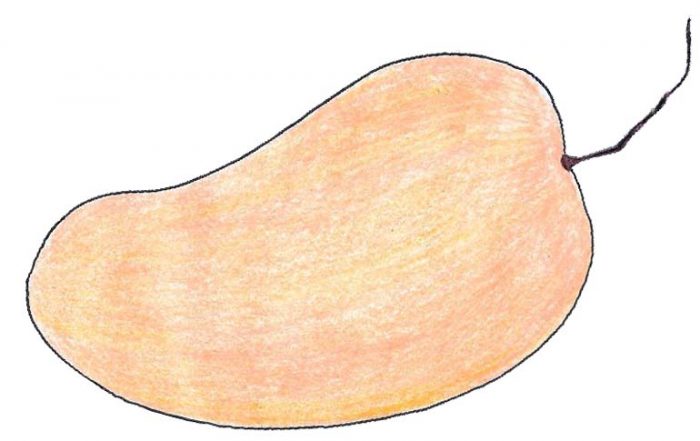
It's one of the first mango varieties to enter the market and can be devoured in all its glory through the mango season from April to late June.
How to Enjoy: Mango Salsa, Mango Pickles, Mango Roll-ups
Sindhoora
This mango's name is derived from sindhoor, the vermillion powder used by married Hindu women in the subcontinent. The vibrant red top and green end of the Sindhoora mango make it very pleasing to look at.
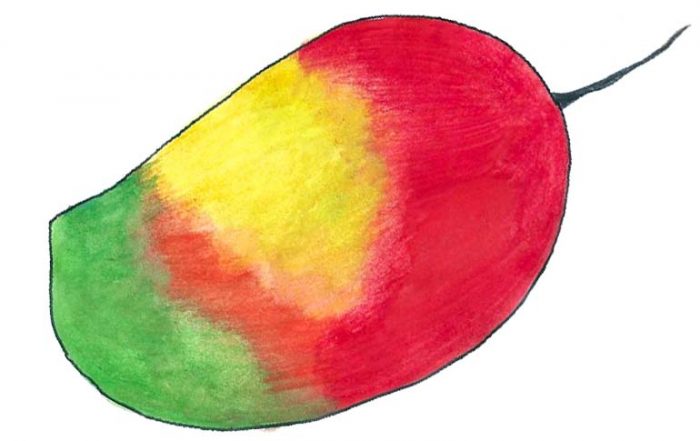
Like Pairi, the Sindhoora mango's sweetness is compared to honey as well, which adds a sweet touch to any recipe.
How to Enjoy: Best for preserved treats like jellies, jams and pickles
Totapuri
Easily distinguishable, this mango is pointed like a parrot’s beak on both sides, hence the name. Unlike other mangoes, the Totapuri mango is not entirely sweet. It is a luscious green on the outside and a pale yellow on the inside.
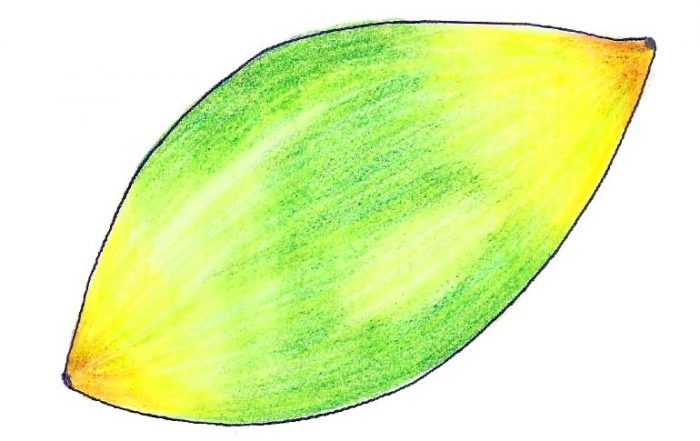
It’s one of those mangoes that can be devoured with the skin intact which is more on the sour side than bitter.
How to Enjoy: Mango Salad, Aam Panna, Mango Sabzi
Vadu Manga
As soon as summer begins, these bite-sized raw mangoes are a common sight in south Indian fruit markets and homes. Vadu Manga, also known as Mavadu, is a tangy and sour green mango which makes for great pickles as it has the perfect crunch and bite.
How to Enjoy: Mango Pickle, Kambu Koozhu, Mangalorean Mango Curry
Xavier
This one is Goa’s flavourful contribution to the world of mangoes. The Xavier mango is a sweet and sour mango type with a rich taste. Every Goan's pride, the Xavier mango is always preferred over the usual Ratnagiri Hapus. The Goan mango mania begins in April with the anticipation of Xavier mangoes which are relished until the end of May.
How to Enjoy: Mango Ice cream, Mango Cream, Mango Salads
Featured Image: Envato Elements; All Mango Illustrations by Shreya Jalavadia

Shreya Jalavadia
Think of her as a delicacy. She could be a red sauce penne pasta or refreshing strawberry smoothie. A little sweet, quite tangy and unapologetic on the palate. Her soul is that of a gastronome, mind of an illustrator and heart of a writer. She uses these ingredients to plate up tasty stories about food at India Food Network as an Associate Editor. Be it her blogs, articles, reviews or food shows; she promises a wholesome affair.


